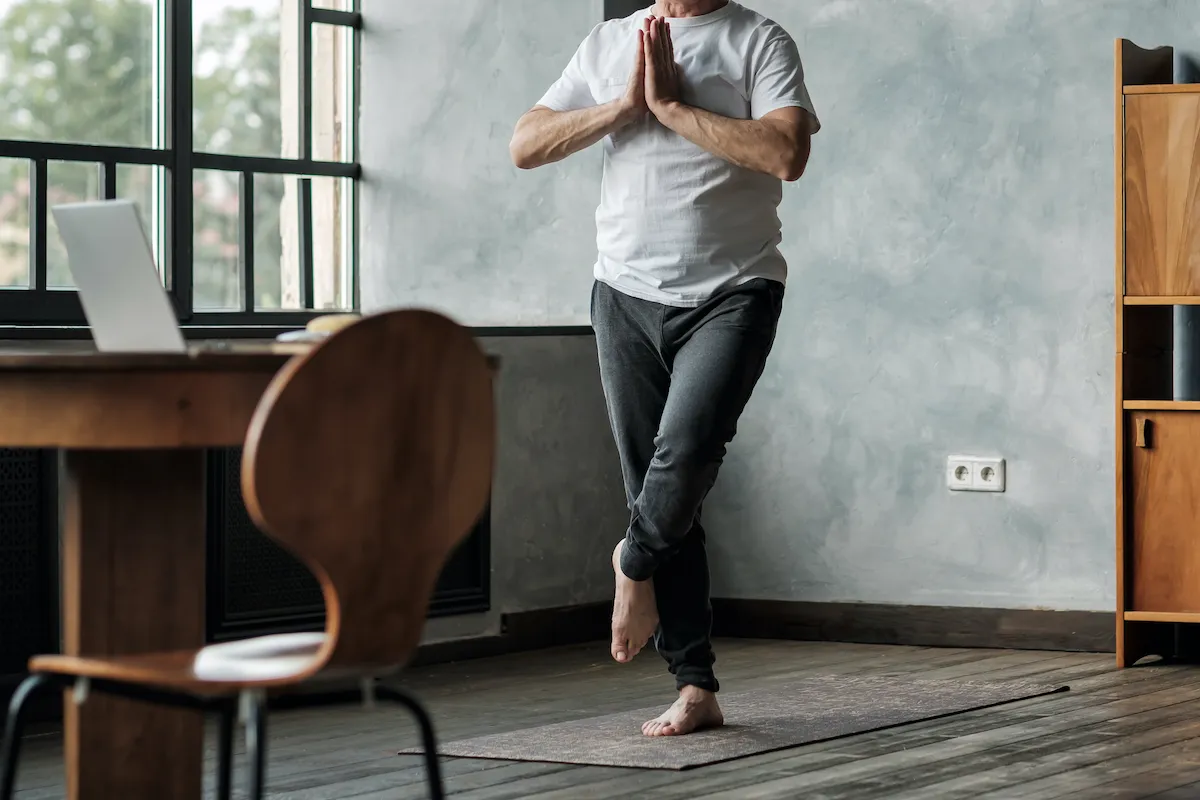
The ability to balance on one leg can be a useful health indicator at later stages of life, says recent research. Here’s more on the new study.
This balance test can determine the risk of an early death

According to a new study published in the British Journal of Sports Medicine, the chances of dying in a decade are twice for a middle-aged person or senior citizen who is not able to stand on one leg for more than 10 seconds than those people who can do it. Hence, the researchers suggest that a balance test should always be done in health checkups of older people However, the study was observational and cannot establish the cause. The study was led by Dr. Claudio Gil Araujo from Rio de Janerio’s Clinimex exercise medicine clinic.
The study was carried out over a 12-year-period — with 1,702 people between the ages of 51 and 75 being observed from 2008 to 2020. The participants were asked to stand on one leg for 10 seconds without any support. They were given three attempts on either foot.
“After accounting for age, sex, and underlying conditions, an inability to stand unsupported on one leg for 10 seconds was associated with an 84% heightened risk of death from any cause,” revealed the study. According to the study, 21 percent of the participants failed the balance test. 123 people died over the next few years.
More on the study and its link to life expectancy:
According to the researchers, the balance test “provides rapid and objective feedback for the patient and health professionals regarding static balance”. Additionally it “adds useful information regarding mortality risk in middle-aged and older men and women”.
Experts also believe that working on our balance is potentially beneficial for us. “Every time you practice the one-leg stance, it is an opportunity to recalibrate your brain, forming new connections and strengthening the coordination between your ears, eyes, joints, and muscles,” stated Dr. Michael Mosley. Dr. Mosley is a health writer in addition to being a doctor. Additionally, improved balance means fewer falls. After all, falls, especially in old age are linked to higher mortality rates.






